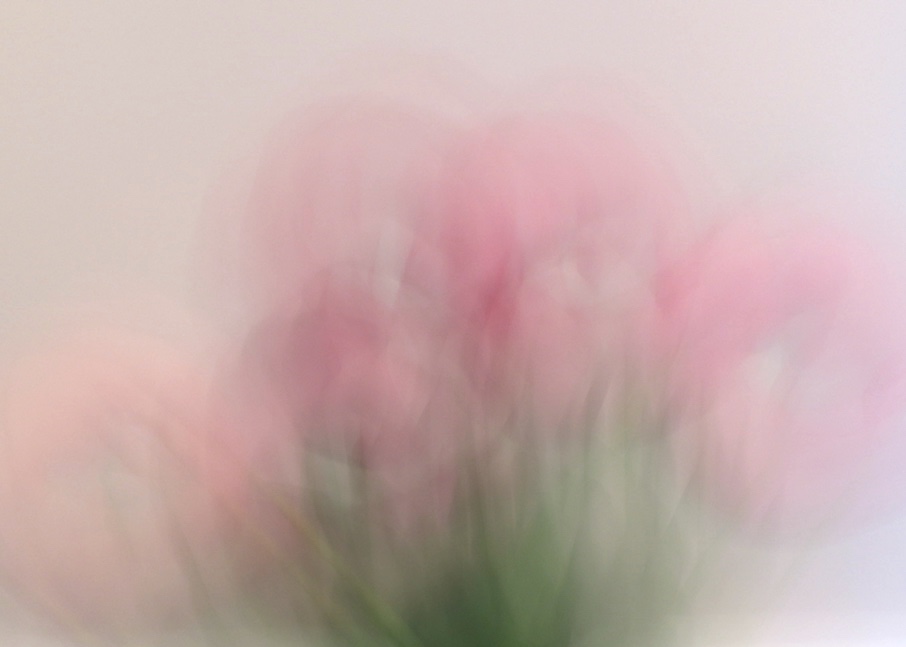Last year, I wrote about the art of close observation, inspired by Amy Herman’s book, Visual Intelligence: Sharpen your Perspective, Change your Life. Sharpening and changing your perspective, or the lens through which you see, is a good practice in photography and life.
Later in the year, I read another book on this same theme of visual intelligence – Mastermind: How to Think Like Sherlock Holmes – by Maria Konnikova. Konnikova describes how Holmes used the steps of the scientific method – observation, imagination, deduction, and education – to solve his crimes. In this post, I’ll summarize the key ideas from the book and explore how they can be applied to your photography.
1. Observation

Look closely from all angles.
In my previous post on visual intelligence, I focused on this first step of the scientific method – the art of close observation. When you want to remember details, you can make a point of paying close attention and simply make the decision to remember. You can describe the experience to someone else or write about it or take a picture to cement the memory.
Konnikova describes four elements of observation.
- Be Selective – What are you looking at? What stopped you? What’s the main event?
- Be Objective – Which details are most important? Which ones are not necessary?
- Be Inclusive – Pay attention to all of your senses, not just your visual one. What are you experiencing? What are you missing?
- Be Engaged – Be active, present, and interested in what you’re seeing. Notice your judgments.
“Holmes adopted an engaged passivity – a state that is the epitome of engagement but happens to be focused on only one thing or person.”
When closely observing, it’s important to stay as free of interpretation and judgments as possible. So, an important step is to notice your judgments as they arise and let them go. In photography, adopting this engaged passivity means being open and receptive to what’s right in front of you. Know what’s drawing your attention. Feel what’s resonating most with you.
2. Imagination

Play with possibilities.
Sherlock Holmes is seen as someone who is very logical and rational, not necessarily imaginative. However, Konnikova begs to differ. She says that Holmes would take in all the facts and then use his imagination to see possibilities that others might not see. He examined all kinds of alternatives to determine which ones most closely explain the facts. This is the essence of creativity.
“We should take care not to make the intellect our god; it has powerful muscles but no personality. It cannot lead, only serve.”
In photography, you can use your imagination to play and explore different perspectives and possibilities. The reason for doing this is to get to the essence of what you’re photographing. Get to the heart of what you’re witnessing. What’s the metaphorical or symbolic or universal message being played out?
3. Deduction

Get to the essence.
Sherlock Holmes impressed everyone with his brilliant deductions. The difference between Holmes and the rest of us is that we reach our conclusions way too soon. We use too few (and not the crucial) observations. And, we let our own experiences play too big a part in our deductions. Holmes knew how to separate crucial observations from incidental ones. Often, we get tripped up by the incidentals. In the end, he deduced from observations only, nothing more.
“We let our own personal past experience, which is limited, guide what we perceive to be possible.”
How do we learn to do this? Konnikova suggests that we watch out for misleading information (do our homework), focus more fully on the information you have, take time to reflect, and most importantly don’t dismiss the improbable. In photography, this means going beyond your initial instinct. Go beyond the postcard shot. Notice what you dismiss as not worthy material. Explore different perspectives you’ve never tried before.
4. Education

See with beginner’s mind.
Sherlock Holmes did not rest on his laurels. He sometimes made mistakes, however, he didn’t see his mistakes as failures, but rather as an opportunity to learn. He examined his process and figured out where he went wrong. This way he could take what he learned into his next case.
In photography, we can also learn from the photographs that don’t work. When you are disappointed with an image because it doesn’t convey what you saw and felt, take the time to figure out why. Or, think about perspectives that you might have missed that would have made the image stronger.
“Keep challenging yourself and questioning your habits. No matter how expert we are at something, we must remain mindful and motivated in everything we do.”
Holmes saw each new case as brand new. While he brought his past experience to the table, he didn’t take anything for granted. He was always open to changing his conclusions based on new evidence or understanding.
This beginners mindset is an important one for photographers. No matter how familiar a scene, it is never the same. No matter how expert we feel, there is always something fresh and new that we can bring to the subject matter. As a matter of act, the possibilities are infinite. This makes life and photography pretty exciting.
In Summary
Konnikova suggests keeping a decision diary, where you record your habitual mistakes or patterns. I think this is a great idea. With your photography, you can notice your judgments or assumptions and write them down. Notice especially when you dismiss something as uninteresting, ordinary, or mundane. Challenge yourself to find the beauty. Recognize when you’re going through the motions – using the same settings, taking the same shots, not seeing anything new.
“The most powerful mind is the quiet mind. It is the mind that is present, reflective, mindful of its thoughts and state. It doesn’t often multitask and when it does, it does so with a purpose.”
** Books mentioned have Amazon affiliate links, meaning I make a few cents if you purchase through my link. I only recommend books that I’ve read. Konnikova’s book is fascinating and I highly recommend it.
Tell me, what in this post resonated with you personally at this point in time?
What resonated the most about this post with me was this phrase: “Keep challenging yourself and questioning your habits. No matter how expert we are at something, we must remain mindful and motivated in everything we do.”
I also simply loved all the comparisons to the powers of observation, imagination, deduction, and education used by the character of Sherlock Holmes from the famous detective stories by Sir Conan Doyle, who was a physician as well as an author.
An excellent article, Kim. Your images represent your words so well. Beautiful!
Of all the actors who portrayed Sherlock Holmes, the very best, to my mind, is British Jeremy Brett. Each of his portrayals is a masterpiece. I have all the DVDs.
This is a fascinating article Kim . Well written and great concept. I will be thinking of it next time Im shooting.